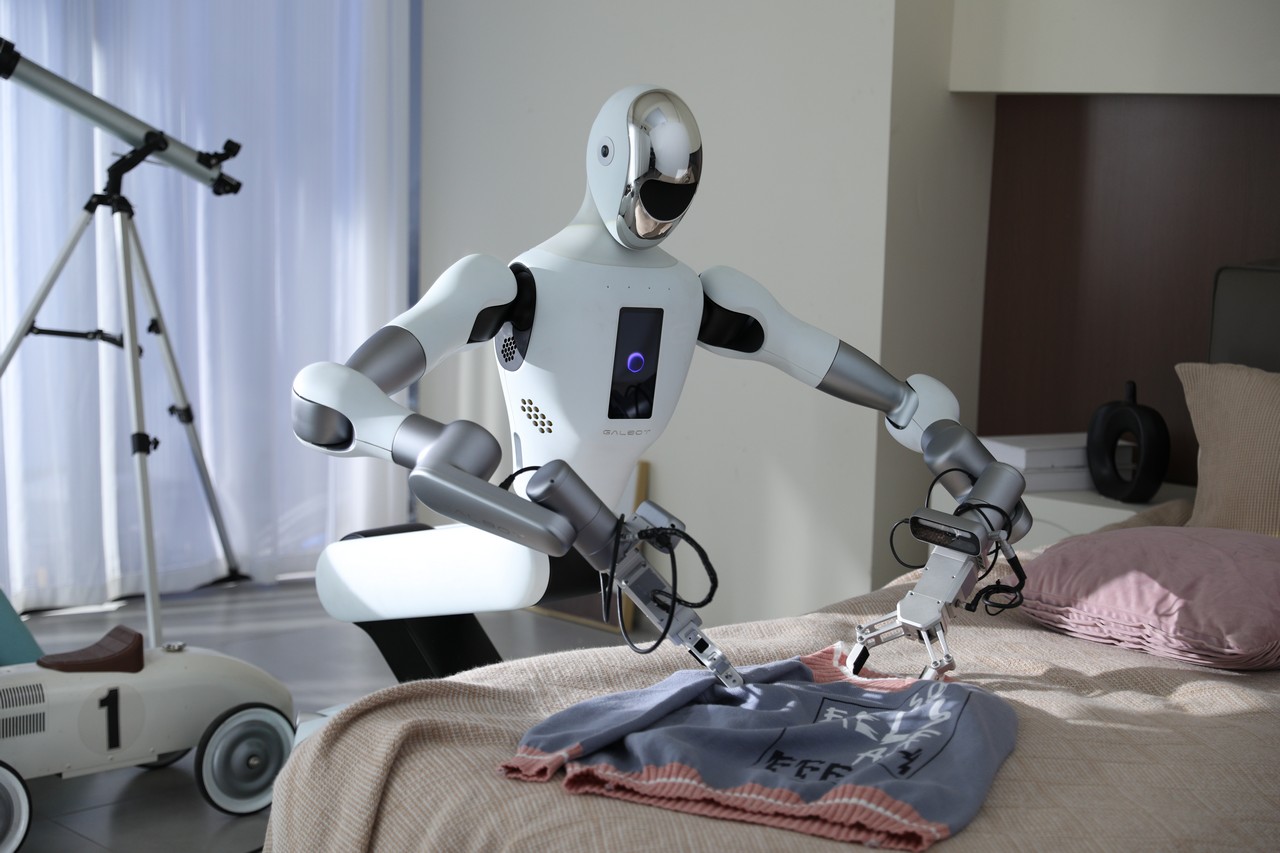In the dynamic landscape of the robotics industry, service robots are emerging as a pivotal force, transforming various sectors with their innovative capabilities. Unlike industrial robots that have been a staple since the 1970s, primarily for manufacturing tasks, service robots are designed to interact and assist humans across a spectrum of activities. Defined as autonomous systems, service robots are making strides in healthcare, retail, hospitality, and logistics, enhancing efficiency and customer service through advanced technologies like AI and machine learning.
The service robot market is witnessing exponential growth, propelled by technological innovations, a rising demand for automation, and the urgent need for efficient solutions in diverse industries. This article explores the current trends, key growth factors, and the future outlook of the service robot market.
Service Robots Market Size
There's a widely acknowledged expectation of significant growth in the global robotics market, with projections indicating substantial expansion across various segments. BCG analysis predicts the market could reach between USD 160 billion and USD 260 billion by 2030. In this expanding market, professional service robots are expected to capture a market share of up to USD 170 billion, while industrial and logistics robot sales are projected to peak at around USD 80 billion.
Apollo Research Reports offers an even more optimistic forecast. The firm's data indicates that the global service robotics market was valued at USD 40.7 billion in 2023 and is projected to reach USD 297 billion by 2033. This growth represents a staggering CAGR of 22.05% from 2024 to 2033, significantly surpassing the industrial robot segment, which is expanding at a rate of 9.39% annually.
The professional segment is the highest contributor to the market, with USD 33.90 billion in 2023, anticipated to reach USD 246.94 billion by 2033, registering a CAGR of 22.03%. The personal and domestic segment, valued at USD 6.81 billion in 2023, is expected to grow to USD 50 billion by 2033, with a slightly higher CAGR of 22.14%.
Service Robotics Market Segmented by Application
Service robots are becoming increasingly vital in sectors like healthcare and hospitality, particularly in response to staff shortages. Research indicates a potential shortfall of 355,000 paid care workers by 2040 in the US alone. In places like Japanese care homes, service robots are already making an impact, assisting with routine tasks such as lifting and transporting residents, and monitoring for falls or emergencies.
Apollo Research Reports identified eleven key applications for service robots, with household robots contributing the most to the market. Household robots, accounting for about 15% of the total market, are projected to grow from USD 6.1 billion in 2023 to USD 47 billion by 2033, at a CAGR of 22.75%. Inspection and maintenance robots represent the second largest application, making up approximately 14.4% of the market, were valued at USD 5.9 billion in 2023.
The logistics segment, comprising 1.9% of the total market, is expected to reach USD 6.7 billion by 2033, with the highest CAGR of 23.90%. The defense, rescue, and security category, representing 9.5% of the market, is also poised for significant growth, with a projected CAGR of 23.78%, reaching USD 32.39 billion by 2033.
IFR's Service Robot Sales Report
The market outlook for professional service robots is robust, as highlighted by the International Federation of Robotics (IFR), which has identified nearly 1,000 service robot suppliers worldwide delivering autonomous services. According to the IFR World Robotics Report, 2022 sales numbers for service robotics reveal an optimistic trend.
Mobile robot solutions in transportation and logistics have carved out a strong market share. In 2022, this segment saw a growth of 44%, with sales of more than 86,000 units. Notably, there was a significant increase in sales of robots designed for collaborative indoor environments, reaching nearly 37,300 units.
The hospitality industry is also witnessing a rise in robot adoption, with sales exceeding 24,500 units in 2022, a 125% increase. Many of these robots are being utilized for tasks like food and beverage delivery in restaurants.
In the medical robotics field, there was a slight dip in overall sales, with a 4% decline leading to about 9,300 units sold. However, the surgical robot market experienced a growth of 5%, with nearly 4,900 units sold. Conversely, the market for robots in rehabilitation and non-invasive therapy applications saw a decrease of 16%, falling to less than 3,200 units.
Overall, the service robot market is experiencing an upward trend, driven by technological advancements and a growing demand across various industries. This growth underscores the increasing importance of robotics in meeting critical needs and enhancing efficiency in diverse sectors.
